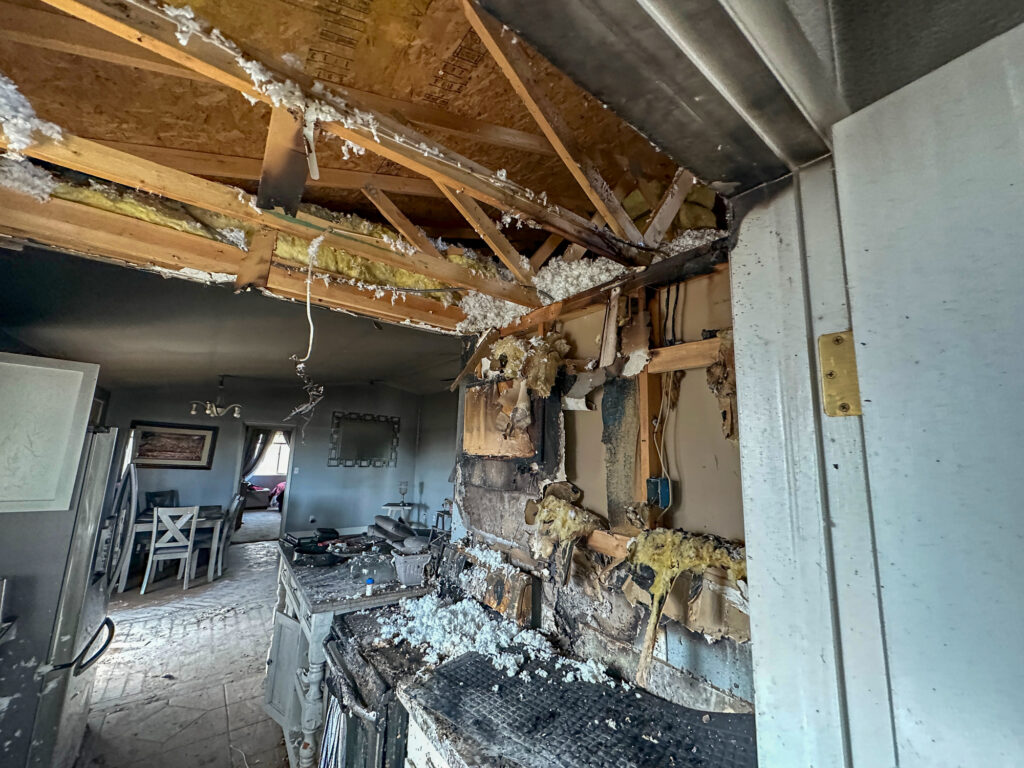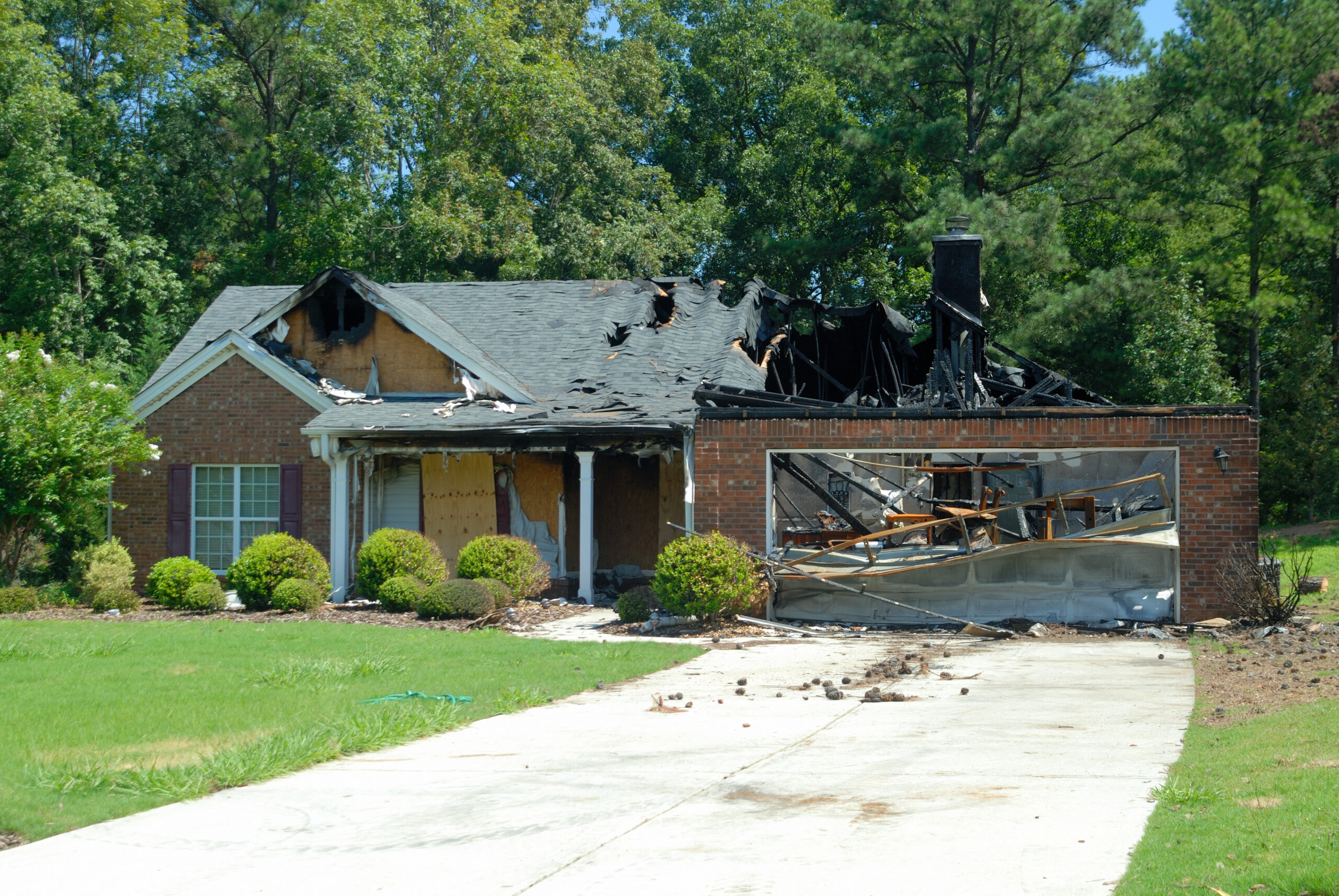
Fire damage is devastating, but what often goes unnoticed is the increased risk of mold growth that follows. Homeowners in the Greater Western Cleveland Metropolitan Area, including Strongsville, Medina, and Parma, are no strangers to the challenges posed by moisture, especially after a fire. Mold growth can complicate recovery efforts, so addressing this problem quickly after a fire is essential.
Effects of Fire Damage on Your Home
Fires leave behind more than visible destruction. In most cases, the efforts to extinguish a fire result in significant water exposure. Firefighting methods like hoses and sprinkler systems soak building materials such as drywall, insulation, and flooring.
This lingering moisture creates an environment where mold can thrive. Mold spores are always present in the air, and when they land on wet surfaces, they can begin to grow within 24 to 48 hours. According to the Environmental Protection Agency, mold growth is particularly common after water events, underscoring the need for immediate attention. In addition, the heavy rains and snow typical of the Cleveland area exacerbate moisture-related risks.
Why Mold Can Grow Shortly After a Fire
Fires contribute to mold problems in several ways:
- Moisture from firefighting efforts: Large amounts of water are used to suppress flames, which often soaks into hard-to-reach areas like wall cavities and subfloors.
- Residues from fire extinguishers: Some extinguishers release foam or powder, which can absorb moisture and create a perfect breeding ground for mold.
- Compromised ventilation: Fires often damage HVAC systems, reducing airflow and making it harder for damp areas to dry.
Without professional remediation, these conditions allow mold colonies to grow rapidly, further damaging your home and potentially affecting your health.
What To Do if Mold Is Growing in Your Home
Mold growth after a fire requires immediate action to prevent long-term damage. Here’s a step-by-step guide:
- Assess the damage: Look for visible signs of mold, such as discoloration or musty odors, especially in areas exposed to water during firefighting efforts.
- Limit mold spread: Avoid disturbing moldy materials, as this can release spores into the air and spread the problem.
- Dry affected areas: Use dehumidifiers and fans to reduce moisture levels. Be cautious, as improperly drying moldy areas can exacerbate the issue.
- Contact Paul Davis: Call professionals with expertise in mold remediation, mold mitigation, and mold damage restoration. Specialists can safely remove mold and address the underlying moisture problems.
- Consider professional testing: Mold isn’t always visible, so testing may be necessary to identify hidden issues.
Choose Paul Davis Restoration of Cleveland Metro West for Mold Remediation
Dealing with mold after a fire is a complex task that requires professional attention. At Paul Davis Restoration of Cleveland Metro West, we’re committed to helping homeowners restore their homes to a safe and healthy condition.
Here’s why homeowners in the Greater Western Cleveland Metropolitan Area trust us:
- Certified expertise: Our team is IICRC-certified, bringing industry-leading knowledge to every mold remediation project.
- Comprehensive solutions: We address every stage of the process, from mold mitigation to complete damage restoration.
- Advanced technology: We use specialized equipment to detect and eliminate mold, even in hidden areas.
- Local commitment: We’ve been serving Strongsville, Medina, Parma, and the Westside of Cleveland since 1966, delivering reliable service you can count on.
Don’t let mold worsen the damage after a fire. Contact Paul Davis Restoration of Cleveland Metro West for effective, professional mold remediation.






